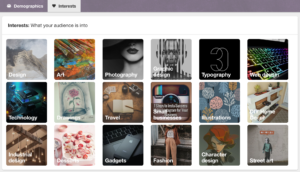6 Social Media Mistakes You Might be Making
Social media is an alluring way for businesses to advertise, but it also comes with many pitfalls that you may not expect to encounter. Each platform has its own preferences for post types, image sizes and even search optimization. Without a pretty good grasp on the intricacies of each platform, you may be making these mistakes and making your brand look less professional and even a bit silly.
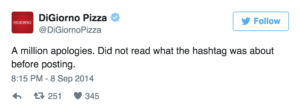
An embarrassing (and easily avoidable) mistake made by a big brand on social media.
- Rushed posting. One of our cringiest pet peeves is when it’s obvious that a page has posted something that was not looked over or thought out. You can end up with typos, inappropriate hashtag use or just messy-looking posts. Make it a rule that at least one other person looks over a post before it goes live, you can save yourself a lot of grief over little mistakes. Similarly, you also always want to check what trending hashtags relate to before using them in your own messaging. You don’t want to wind up with a debacle like DiGiorno’s mistake in 2014 where they used a trending hashtag relating to domestic violence to advertise their pizza. One tweet may not seem like a big deal, but if you make a mistake it can turn into bad news for your brand.
- Incorrect formatting. Take advantage of the plethora of social media cheat sheets for image sizing. If you’ve sized a cover photo for Pinterest you’ll have to change it around for Facebook so it fits. Similarly, a long vertical picture will work great on Pinterest but looks bad on Twitter. Just keep in mind what works best for the different platforms so that your posts are as visually appealing as possible.
- Inconsistent voice. We frequently see pages that just allow all their employees to have access to their social media accounts and post whenever and whatever they like. While this is a nice thought, it leads to a distractingly inconsistent voice and tone across your posts and makes you look pretty unprofessional. You don’t want to give your followers whiplash from all the different types of posts going up on your pages. Try to stick to one voice, one tone and one theme across posts. This can be achieved by having only one person in charge of the account or by hiring professionals like us to manage it for you!
- No visuals. If there’s anything worse than formatting images incorrectly, it’s not even having visuals in the first place. Text-only posts are boring. Facebook has tried to spice them up a bit by making short text posts bigger but the 35 character limit is usually just too short for you to get much across. If you must make a text-only post, consider adding a background to make it stand out. The only weapons left to get people’s attention are visuals. Video is taking over and posting relevant video content will always perform better. But if you don’t have a video to go with your post then at least find a license-free picture somewhere to make your post pretty! 51% of marketing professionals worldwide name video as the type of content with the best ROI. Get ahead of the curve!
- Platform misuse. Pinning 50 different things to a Pinterest board every day is totally acceptable. But sharing 50 different things to your Facebook page is going to make you (and your brand!) look a little crazy. Similarly, you should absolutely be hashtagging your posts on Twitter and Instagram. But for Facebook and LinkedIn this practice is pretty much useless and it makes you look like a novice if you’re using them. LinkedIn won’t even acknowledge your hashtags and Facebook will make it look like it’s using them (they turn blue) but Facebook posts without a hashtag fare better than those with a hashtag. It’s true. Learn about your platforms before posting anything.
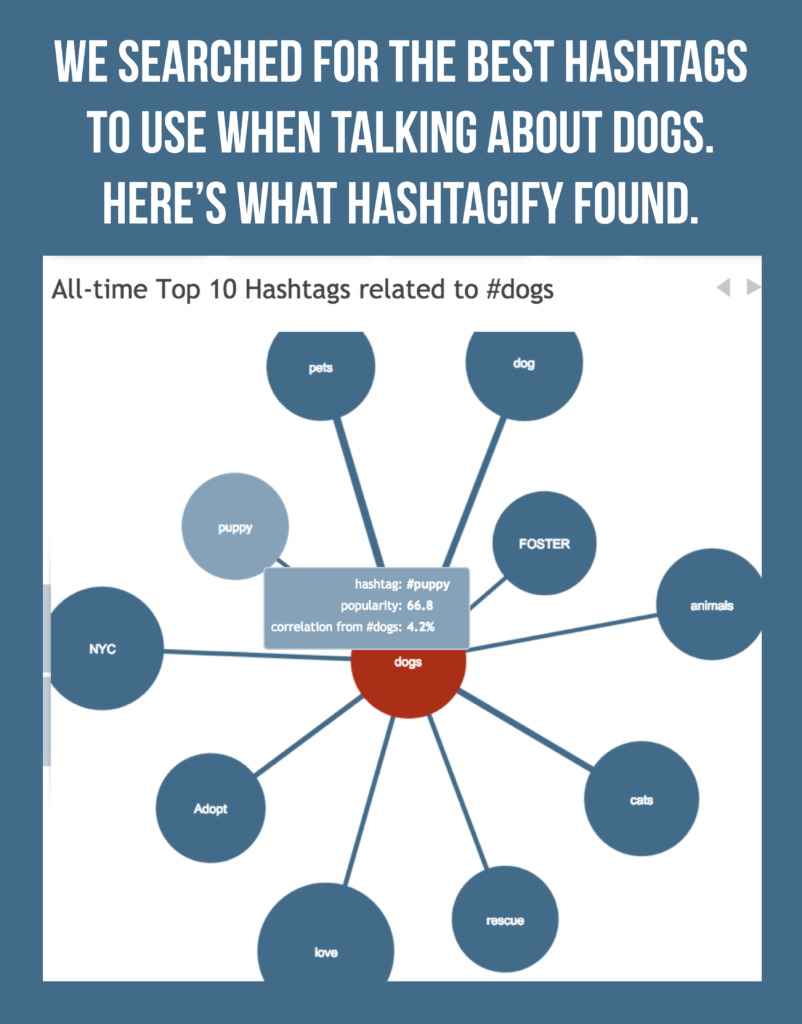
Some quick investigation into relevant hashtags can make it much easier for a search engine to find your content!
- Disregard of search engine optimization (SEO). To piggyback off of platform misuse, we have to talk about disregarding SEO. Social media is a treasure trove of SEO. You should be researching what keywords and phrases people are using for your brand and paying attention to high-performing hashtags you can use. There are great tools for doing this, Keyhole can give you a good idea of good hashtags to use and even Hashtagify. You should save room in your tweets for at least two to three hashtags and put up to 30 hashtags at the end of your Instagram posts. Even Pinterest is hashtag-friendly! If you’re trying to reach the biggest audience possible you need to take the steps to help search engines find your content.
So there you have it. A basic overview of six mistakes you might be making on social media along with some ideas on how to fix them. If you’re still struggling with getting a handle on the intricacies of social media marketing, we offer training and comprehensive social media packages. Send us an email at info@buzzlymedia.com if you’re ready to hand over the responsibility to the experts.

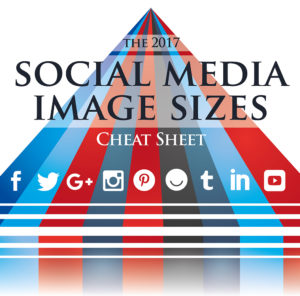
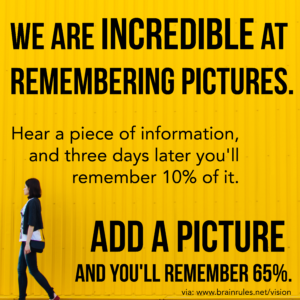
 Social media will also
Social media will also 

 The result was
The result was  Uniqlo is a Japanese clothing company who took to the feminine appeal of Pinterest to market their fall and winter 2014 fashion line in a unique way. DIY hairstyles have always been an incredibly popular topic throughout the Pinterest world, and were also a hit with Uniqlo’s target audience. With this in mind, they created 16 DIY hair tutorials and paired the end result with the clothing that they thought best fit the look.
Uniqlo is a Japanese clothing company who took to the feminine appeal of Pinterest to market their fall and winter 2014 fashion line in a unique way. DIY hairstyles have always been an incredibly popular topic throughout the Pinterest world, and were also a hit with Uniqlo’s target audience. With this in mind, they created 16 DIY hair tutorials and paired the end result with the clothing that they thought best fit the look. 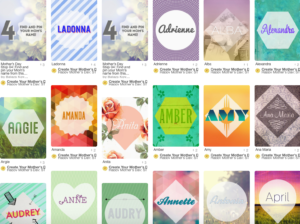 To begin, they created
To begin, they created 